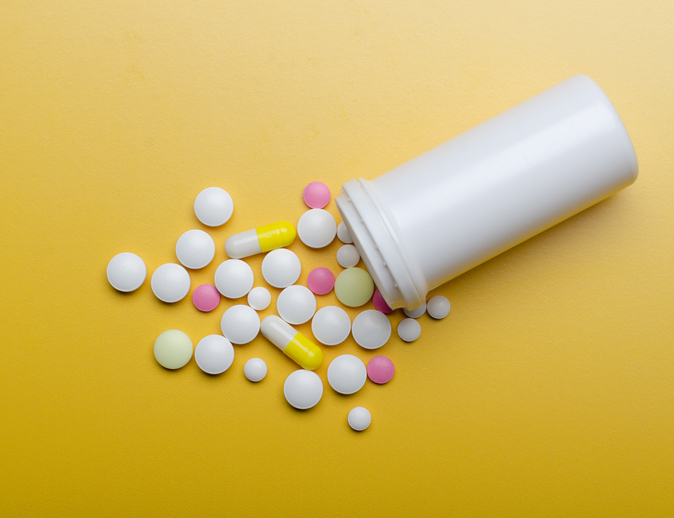Opioid Epidemic
Pain Management Options for Individuals in Recovery From Addiction
Source: National Center for Biotechnology Information: U.S. National Library of Medicine: National Institutes of Health, Centers for Disease Control and Prevention, Harvard Health, Mayo Clinic, Cleveland Clinic, Healthline

4 people found this helpful
Print
Share
Save
Opioid pain medications are typically not a viable treatment option for individuals in recovery from addiction. However, many other treatment options are available to help reduce pain. These options include the following:
- Non-opioid pain medications
Non-opioid pain medications, such as ibuprofen, acetaminophen or aspirin, can help relieve mild to moderate pain. These medications are generally not associated with substance abuse disorders. - Other medications
In some cases, antidepressants or anticonvulsants may help reduce pain. These are often effective for neuropathic pain, fibromyalgia, or migraines and can be used even if the individual does not have depression or seizures. - Topical agents
Over-the-counter topical pain medications such as creams, lotions or patches that contain lidocaine or capsaicin can help relieve pain. These are most effective for bone, muscle, or joint pain. - Cortisone shots
Steroid injections can help reduce inflammation and pain in joints such as the shoulder, spine, wrist, hip, knee or ankle. Cortisone shots are often helpful in the treatment of arthritis and tendinitis. - Psychotherapy
While cognitive behavioral therapy (CBT) is often used to treat conditions such as anxiety disorders and depression, it can also be used to reduce physical pain. CBT focuses on coping strategies and relaxation techniques to help reduce pain. It can also help individuals in recovery cope with other life challenges. - Transcutaneous electrical nerve stimulation (TENS)
Transcutaneous electrical nerve stimulation (TENS) therapy uses low voltage electrical currents to block the transmission of pain signals and stimulate the release of endorphins, which are the body’s natural pain relievers. It can be effective for lower back pain, arthritis, tendinitis or neuropathy. - Therapeutic ultrasound
While often used as a diagnostic tool, ultrasound technology is also used by medical professionals to increase blood circulation, decrease inflammation, and promote healing after injuries or for treating conditions such as carpal tunnel syndrome or frozen shoulder. - Cold laser therapy
Cold laser therapy involves the use of a low-level laser that emits light which is absorbed into body tissues. This can reduce inflammation and help with tissue repair, both of which can reduce pain.
Trying several treatments or combinations of treatments may be necessary to attain the maximum pain relief possible.












